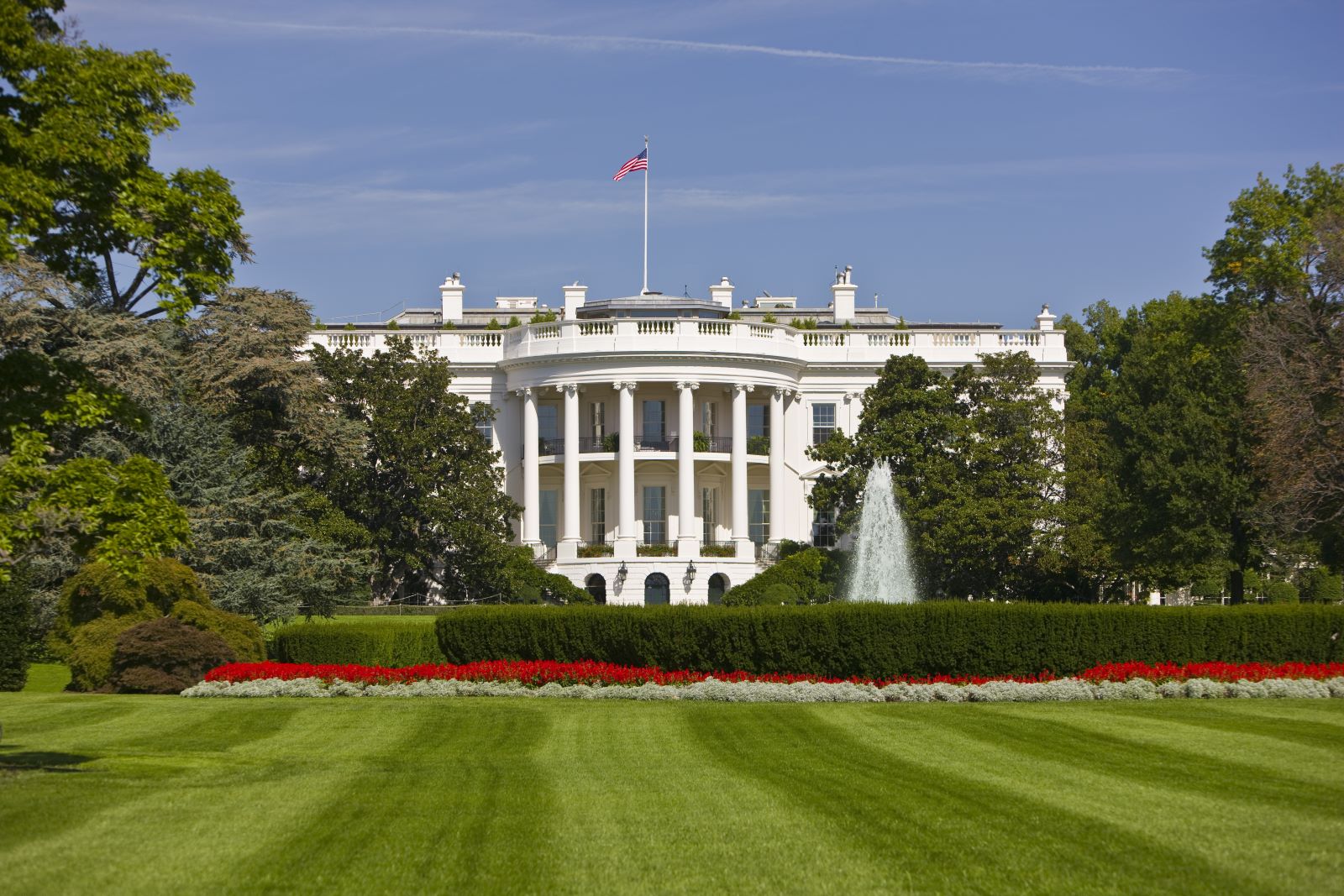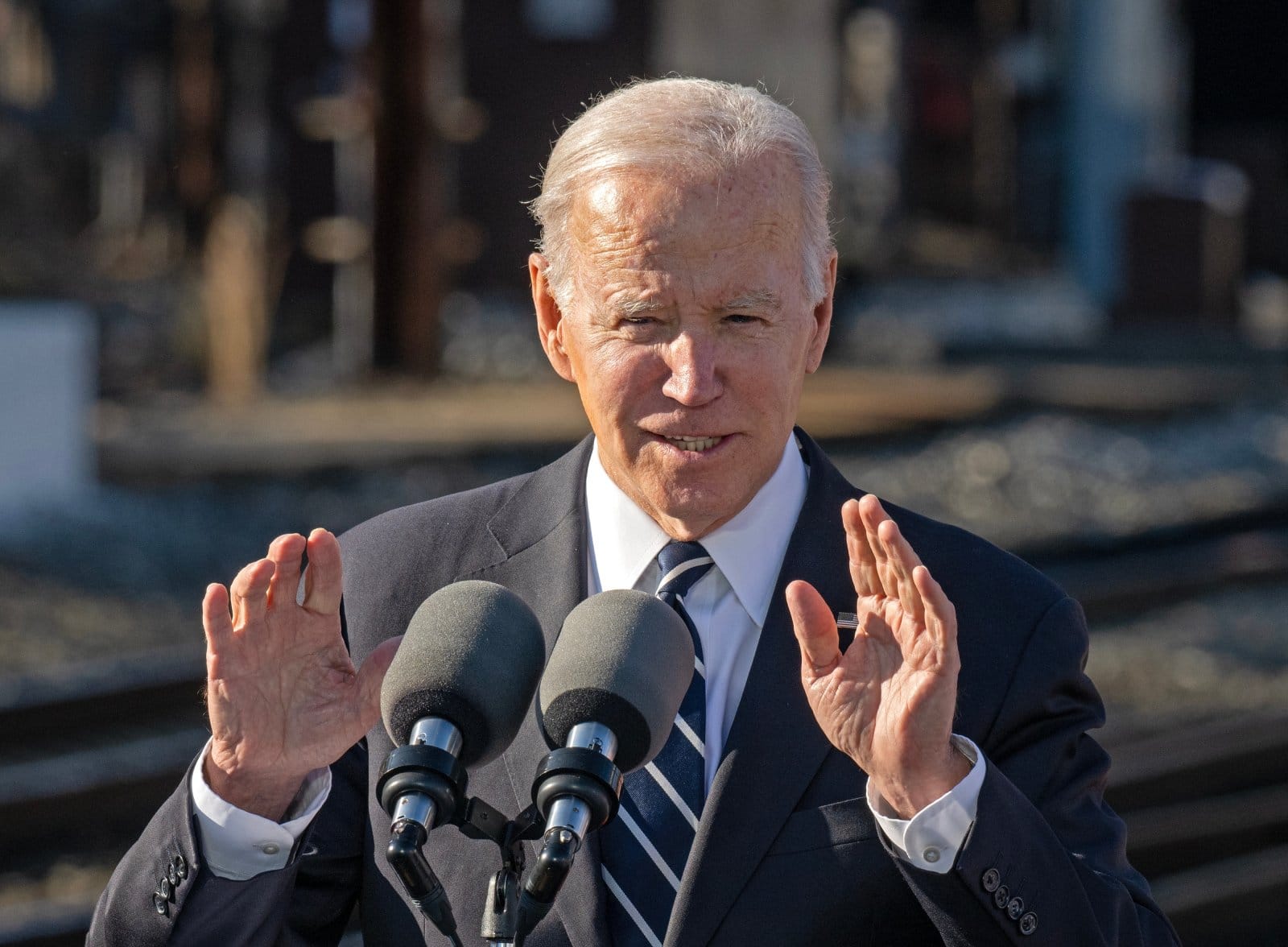In the past few months, consumer prices have stayed high. Gas and rent prices are major reasons for this. The Federal Reserve’s plans to lower interest rates have people worried about the US economy.
Gas Prices Hike

From February to March, gas prices rose by 1.7%, adding to inflation pressures. Unstable energy markets and global oil supply issues caused the increase. Higher gas prices affect pump prices, transportation costs, and goods and services.
Rent Keeps Going Up

There is a high demand for rental properties. Factors like population changes, limited housing supply, and millennials’ preferences drive this demand.
Rent Costs Continue to Swell

Rental prices keep soaring, further magnifying pressures from general inflation. The market for rented properties is in heavy demand, and there are constraints in housing supply.
Surge in Auto Insurance

Last month, auto insurance premiums jumped a staggering 2.6 percent, contributing significantly to overall inflation levels. The rise in auto insurance is evident in factors such as vehicle repair expenses, increased accident rates, and evolution in insurance industry dynamics.
Core Prices Defy Easy Relief

From February to March, core prices rose 0.4 percent – excluding food and energy costs. This accelerated core inflation pace trickles into diverse economic sectors.
Fed’s Dilemma

The Federal Reserve is conflicted over the high inflation numbers. Initially expecting to lower interest rates, Fed officials have doubts about when and how much to ease monetary policy.
Wall Street Jitters

Wall Street traders panicked after seeing the inflation data. The possibility of fewer or delayed Fed rate cuts made investors nervous about corporate profits and economic growth.
White House Fears

These stubbornly high inflation figures are a crucial concern for the White House. Despite positive signs like solid job growth, the sense that inflation lingers could hurt public opinion and politics as the next elections draw near.
Feeling Confident as a Consumer?

Even though folks have been handling the higher prices well so far, having to pay more and more over time can drain their budgets; this could dampen their optimism about the economy.
Economic Recovery at Risk

When essential items become more expensive, families develop strained budgets, which impacts purchasing power. Policy experts must walk a tightrope —controlling inflation while supporting further economic expansion.
Biden’s Plan Under the Microscope

President Biden seeks to cut drug costs, reduce fees, and tackle student debt issues. However, critics question if his policies can fix problematic price hikes happening economy-wide.
Monetary Policy Outlook

The Federal Reserve Chair Jerome Powell says rates can’t drop until they’re sure inflation is slowing down. It’s hard to know precisely when and how much changes will happen due to the uncertainty of the economy.
Market Volatility

Markets stay volatile as people guess what the Fed will do next. Not knowing for sure about rates and inflation makes prices fluctuate considerably.
Strength of the Labor Market

Even with inflation concerns, many people are getting hired, and unemployment is on a slow decline. Employers are gradually adding new positions, showing the economy’s resilience.
Manufacturing Rebounds

The manufacturing industry is on a slow rebound after a slump. Higher factory output indicates renewed demand for products and improved business confidence.
Federal Reserve’s Policy Dilemma

The Federal Reserve faces a complex policy challenge as it must balance competing economic priorities. It aims for price stability, maximum employment, and sustainable growth.
Long-Term Inflation Uncertainty

The long-term inflation outlook remains uncertain due to the ongoing economic changes and policy responses. Factors like demographic shifts, technology, and globalization influence inflation.
Socioeconomic Effects

Increasing prices affect people in different ways; low-income homes feel the impact more since they have less buying power. Their finances become more unstable. Reducing income gaps and promoting inclusive economic growth helps those most affected by inflation.
Policy Solutions

The Federal Reserve can adjust interest rates and buy or sell securities. They may also provide guidance on future policies and take unprecedented steps. The government can also invest in infrastructure, offer tax incentives, and change regulations.
Central Bank Clarity

The Federal Reserve should explain its goals, concerns about inflation, and planned actions. Transparency and predictability in financial markets build public confidence. Effective messaging strengthens monetary policy’s impact.
Global Financial Interactions

Shifts in currency values, uneven trade flows, and geopolitical events affect domestic costs and inflation forecasts. Policymakers must consider the broader global economic scene when making policy responses.
The post – Gas and Rent Inflation Woes Delay Fed’s Rate Cutting Plans – first appeared on Wealthy Living.
Featured Image Credit: Shutterstock / Cast Of Thousands.
The content of this article is for informational purposes only and does not constitute or replace professional financial advice.





